Electric cars are often celebrated as the future of transportation, a green alternative to the gas-guzzling vehicles that have long dominated our roads. With the promise of zero emissions and a cleaner planet, it’s easy to understand why they’ve become the poster child for environmental responsibility. Governments are offering incentives, and companies are racing to produce the most efficient models. But like any innovation, electric cars come with their own set of drawbacks—some of which are rarely discussed in the mainstream conversation. This post aims to shed light on the dark side of electric cars, from the ethical dilemmas tied to their production to the challenges of infrastructure and technology.
Contents
The Mining Conundrum

The rise of electric cars has led to an increased demand for specific minerals like lithium and cobalt, essential components in electric vehicle batteries. While these materials are abundant, their extraction poses significant environmental and ethical challenges. Mining activities often lead to soil degradation, water pollution, and habitat destruction. In some cases, entire ecosystems are disrupted, affecting both flora and fauna in the region.
But the issues don’t stop at environmental degradation. Cobalt mining, particularly in countries like the Democratic Republic of Congo, has been linked to severe human rights violations. Child labor, unsafe working conditions, and extremely low wages are common in these mines. The ethical dilemma is clear: the materials that power the “green” electric cars are often sourced in ways that are neither green nor ethical.
Battery Disposal And Recycling
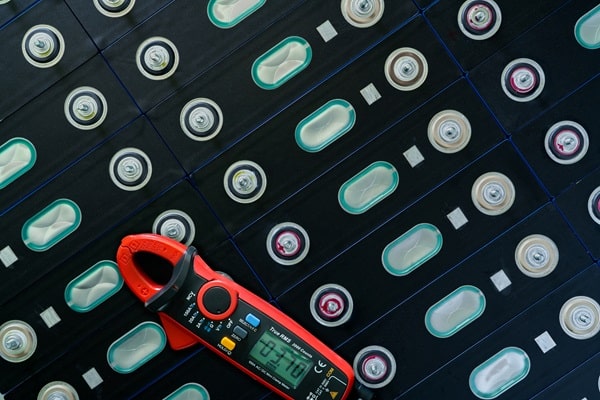
Once an electric car battery reaches the end of its life, what happens next? Currently, the recycling infrastructure for these batteries is limited. While some components can be reused, a significant portion ends up as waste. This is not just an issue of overflowing landfills; the materials in these batteries can be hazardous if not properly disposed of, posing a risk to both the environment and human health.
The challenges of battery disposal are compounded by the rapid advancements in battery technology. As newer, more efficient batteries are developed, older models become obsolete. This accelerates the rate at which batteries reach the end of their life, exacerbating the already significant problem of disposal and recycling. The cycle of rapid obsolescence and limited recycling options creates a sustainability dilemma that is often overshadowed by the more immediate benefits of electric cars.
Energy Source Paradox
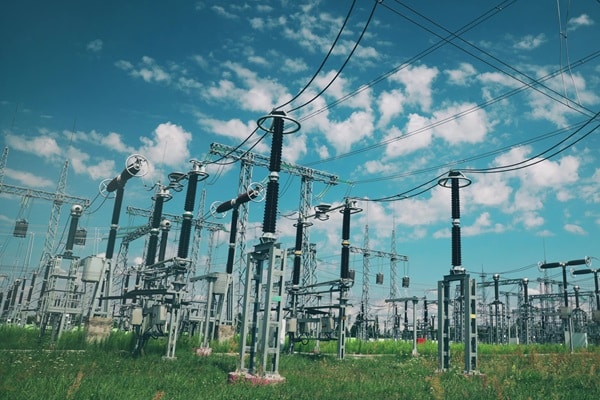
Electric cars are only as clean as the energy that powers them. While it’s true that electric vehicles produce zero emissions at the tailpipe, the electricity used to charge them often comes from fossil fuels like coal or natural gas. These power plants emit greenhouse gasses and other pollutants, negating some of the environmental benefits of electric cars.
This paradox is often overlooked in the discussion about the environmental advantages of electric vehicles. A truly green electric car would need to be charged with renewable energy, such as solar or wind power. However, renewable energy sources currently make up a small fraction of global energy production. Until the energy grid becomes more sustainable, the environmental benefits of electric cars remain somewhat of an illusion.
Grid Infrastructure And Energy Demand
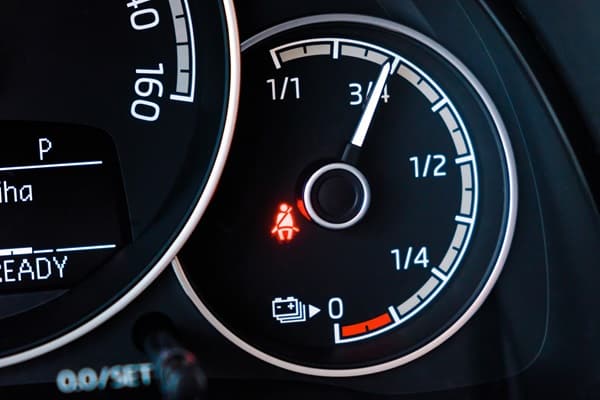
As electric cars become more popular, there’s growing concern about the ability of existing electrical grids to handle the increased demand. Most grids were not designed with the widespread use of electric vehicles in mind. The surge in electricity consumption could lead to more frequent blackouts, especially during peak usage times.
Addressing this issue isn’t as simple as just upgrading the grid. It would require a massive investment in infrastructure, including new power plants, substations, and transmission lines. The financial and logistical challenges of such an overhaul are significant. Moreover, if these upgrades rely on non-renewable energy sources, the environmental problems come full circle, undermining the very benefits electric cars are supposed to offer.
Economic Barriers

Electric cars are often touted as a cost-effective alternative in the long run, but the initial investment can be a significant hurdle for many consumers. The upfront cost of an electric vehicle, even with government incentives, is generally higher than that of a comparable gasoline-powered car. This economic barrier can limit the adoption of electric vehicles, especially among lower-income households, creating a divide between those who can afford to be “green” and those who cannot.
Moreover, the cost extends beyond the purchase of the vehicle itself. Installing a home charging station, for example, can be an expensive endeavor. Public charging infrastructure is still in its infancy, and where it does exist, users often face high electricity rates. This economic landscape raises questions about the accessibility and fairness of transitioning to electric vehicles, particularly for those in lower socioeconomic brackets.
Technological Limitations
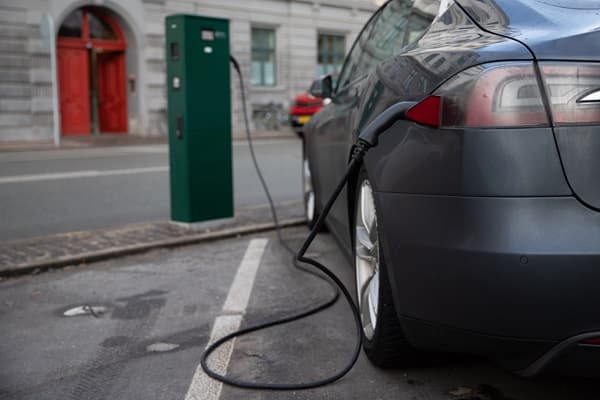
While electric cars have come a long way in terms of performance and reliability, they still suffer from some technological shortcomings. One of the most significant is “range anxiety,” the fear that a vehicle will run out of charge before reaching its destination. Even with advancements in battery technology, electric cars still can’t match the range of most gasoline-powered vehicles on a single charge.
Additionally, the time it takes to recharge an electric car’s battery is considerably longer than filling a gas tank. Fast-charging options are becoming more widespread, but they are not as convenient or readily available as traditional gas stations. These technological limitations can deter potential buyers, slowing down the overall adoption rate of electric vehicles.
Regulatory Hurdles
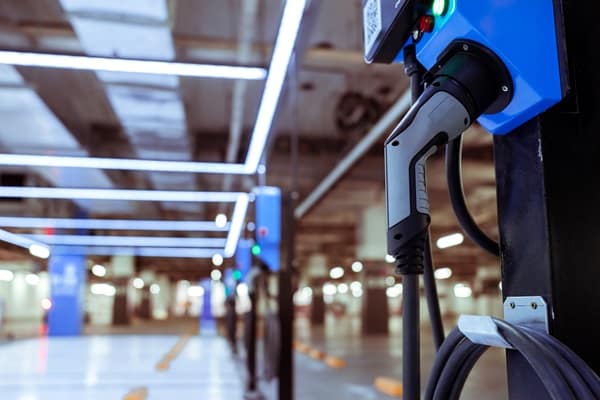
The electric car industry also faces a complex landscape of regulations and policies that can either promote or hinder its growth. Inconsistent government subsidies and incentives can create uncertainty for both manufacturers and consumers. For instance, some countries offer generous tax breaks for electric vehicle purchases, while others have yet to implement such policies.
Furthermore, the lack of global standards for batteries and charging systems can complicate matters. Different countries and even different manufacturers may adopt incompatible technologies, making it difficult for consumers to find suitable charging solutions when traveling. This lack of standardization can stifle innovation and limit the growth of the electric vehicle market.
The Social Cost

Transitioning to electric cars is not just a technological or economic issue; it has social implications as well. The decline of traditional automotive industries and the associated job losses can have a ripple effect on communities that have long depended on these sectors. Similarly, the reduction in demand for oil could impact economies that rely heavily on oil exports.
Public perception is another factor. Despite the push for greener alternatives, there remains a level of social resistance to electric cars. Skepticism about their efficacy, concerns about their cost, and simple resistance to change can all contribute to slower adoption rates, making the transition to electric vehicles a complex social challenge.
Know The Truth About Electric Cars
Electric cars offer a promising path toward a more sustainable future, but it’s crucial to navigate that path with both eyes open. Acknowledging and addressing the challenges outlined in this article is essential for making informed decisions. As consumers, policymakers, and industry leaders, the responsibility lies in creating a balanced approach that maximizes benefits while minimizing drawbacks. The road to a truly sustainable future is long and fraught with challenges, but it’s a journey worth taking.


